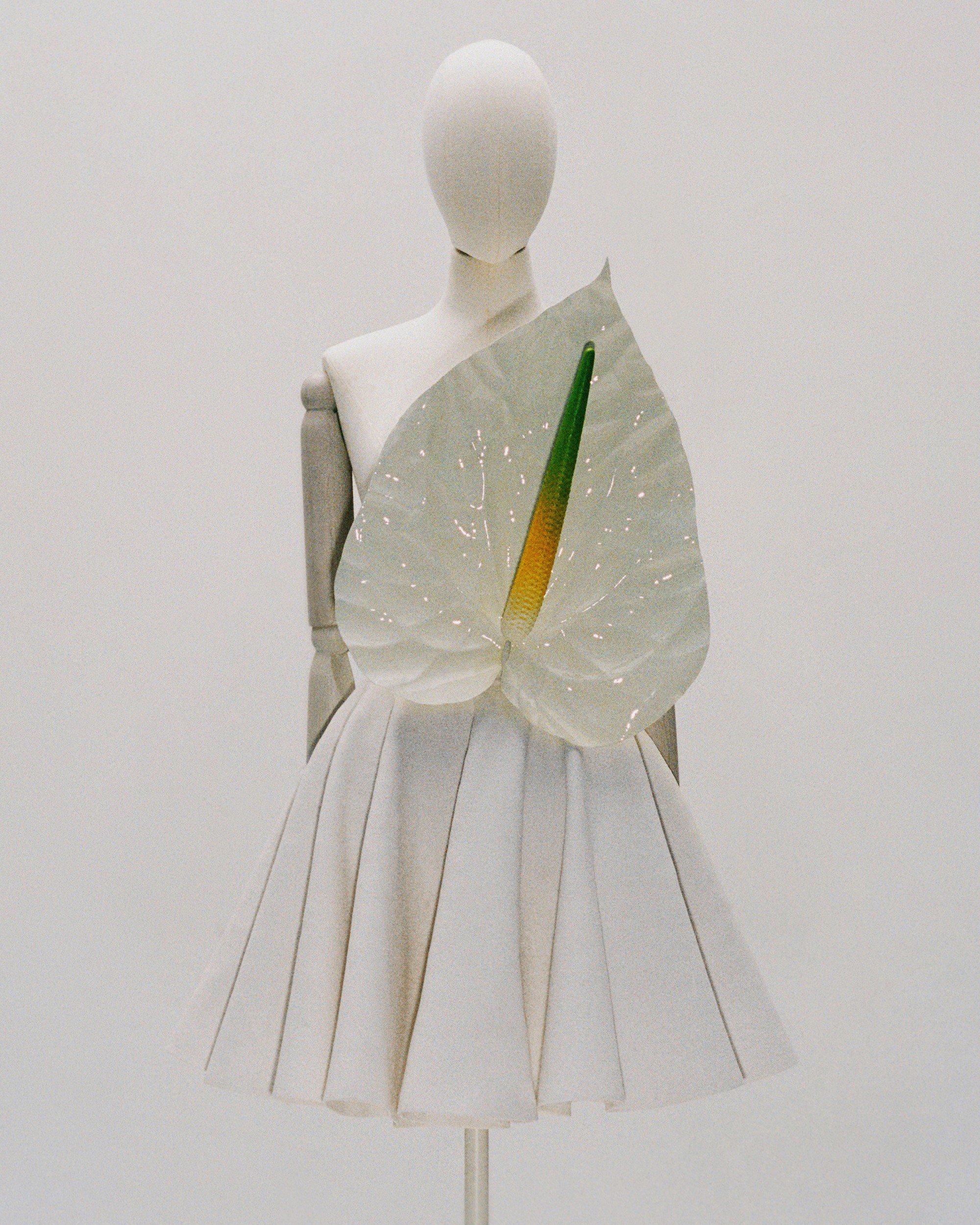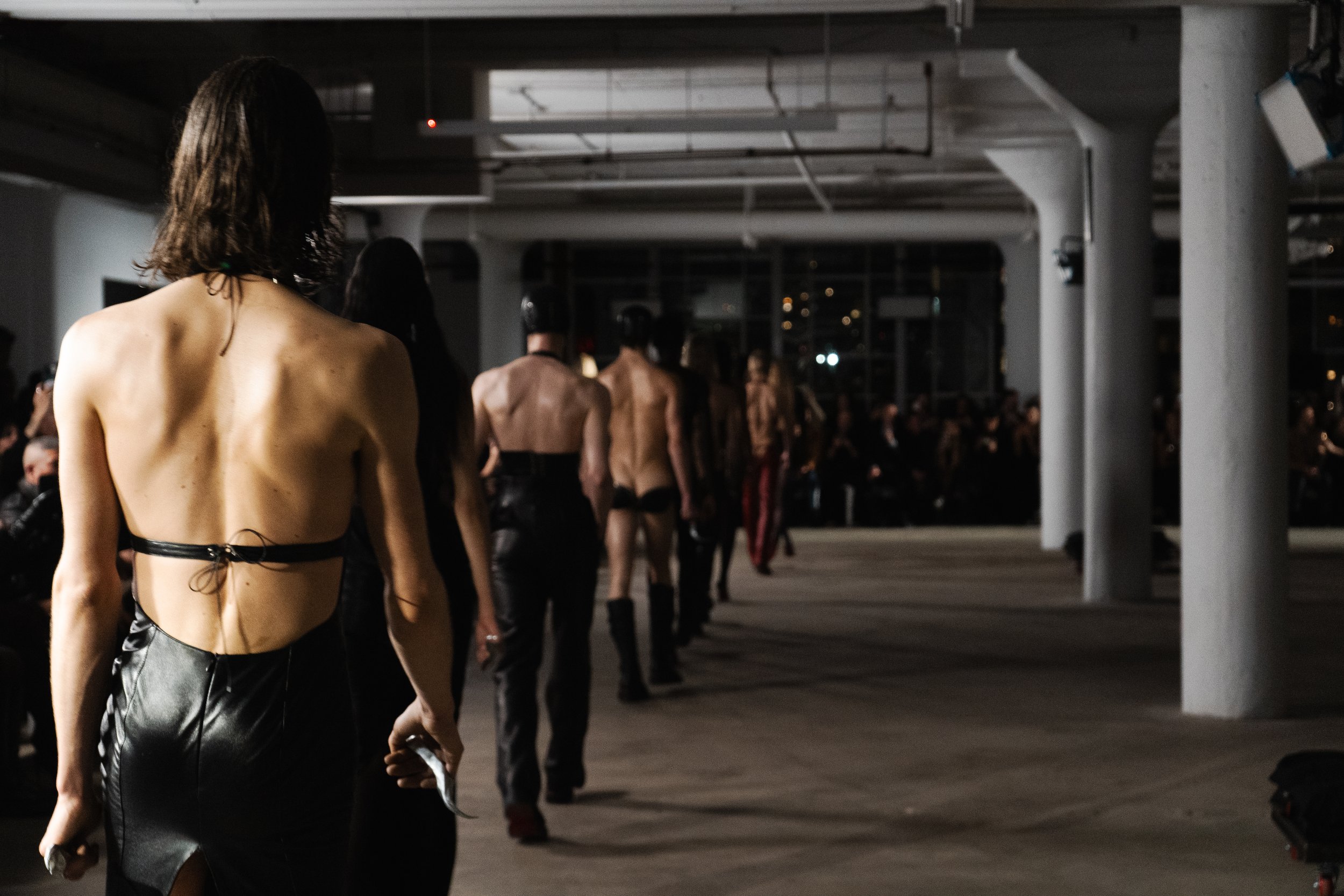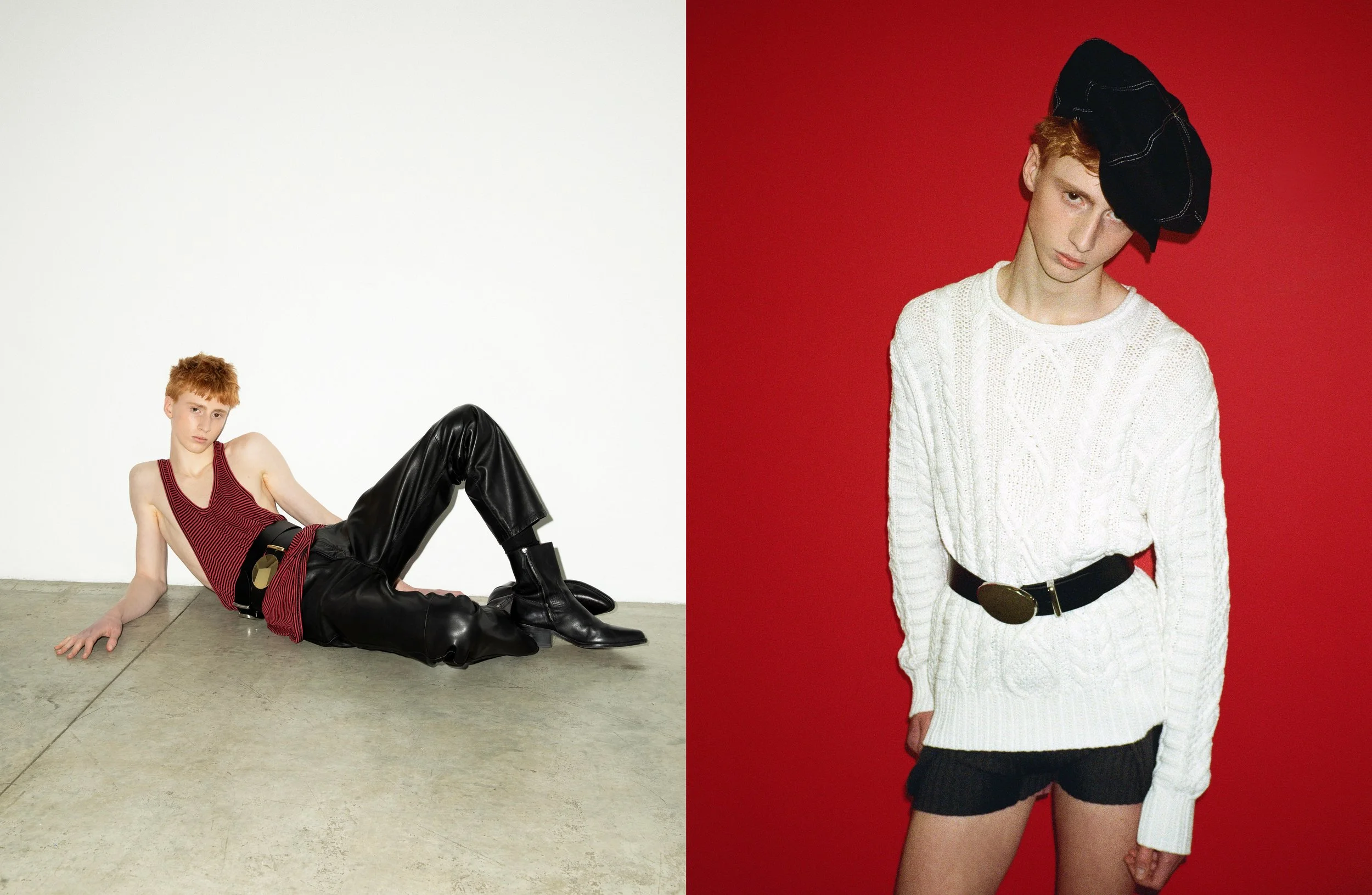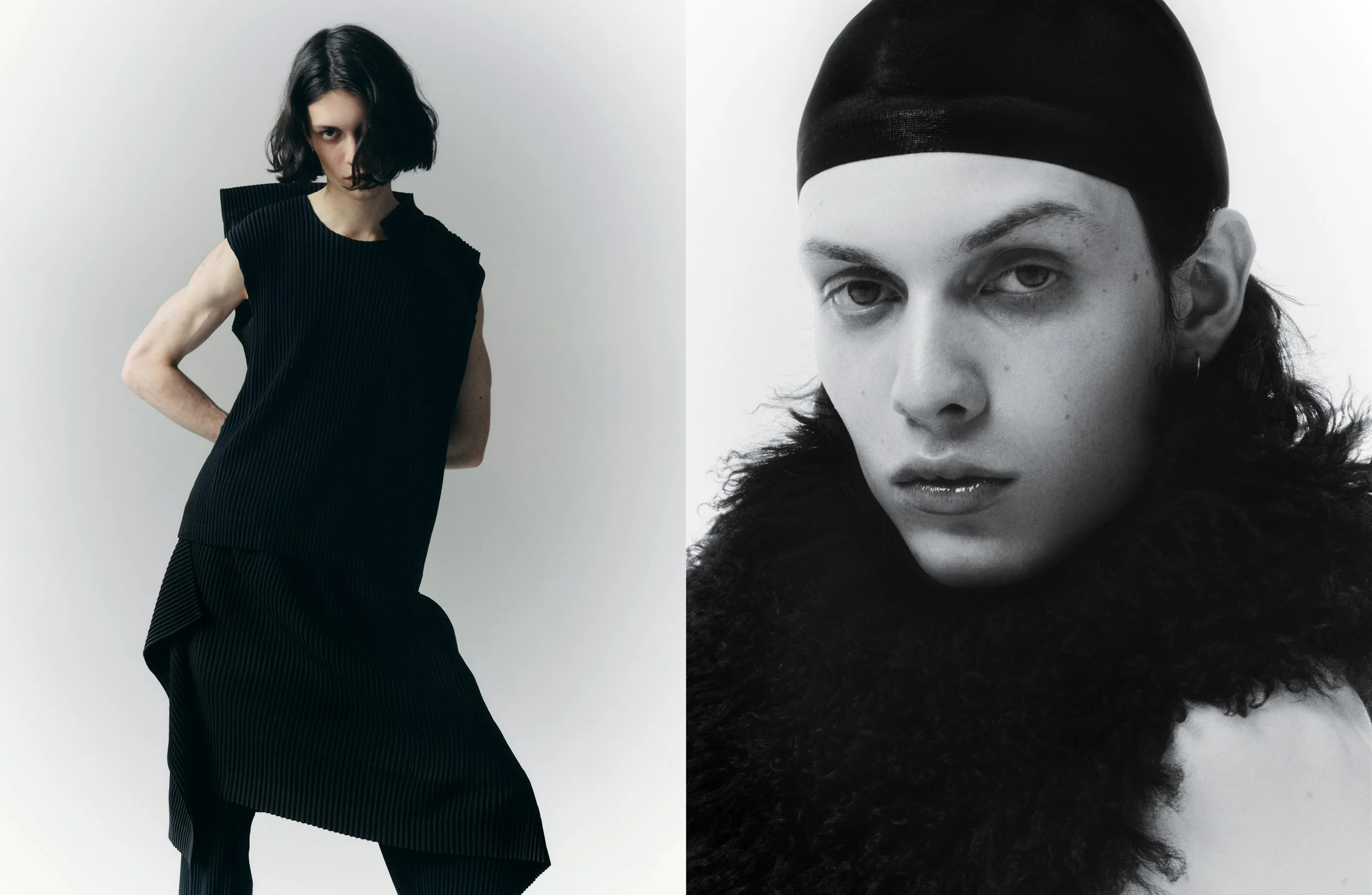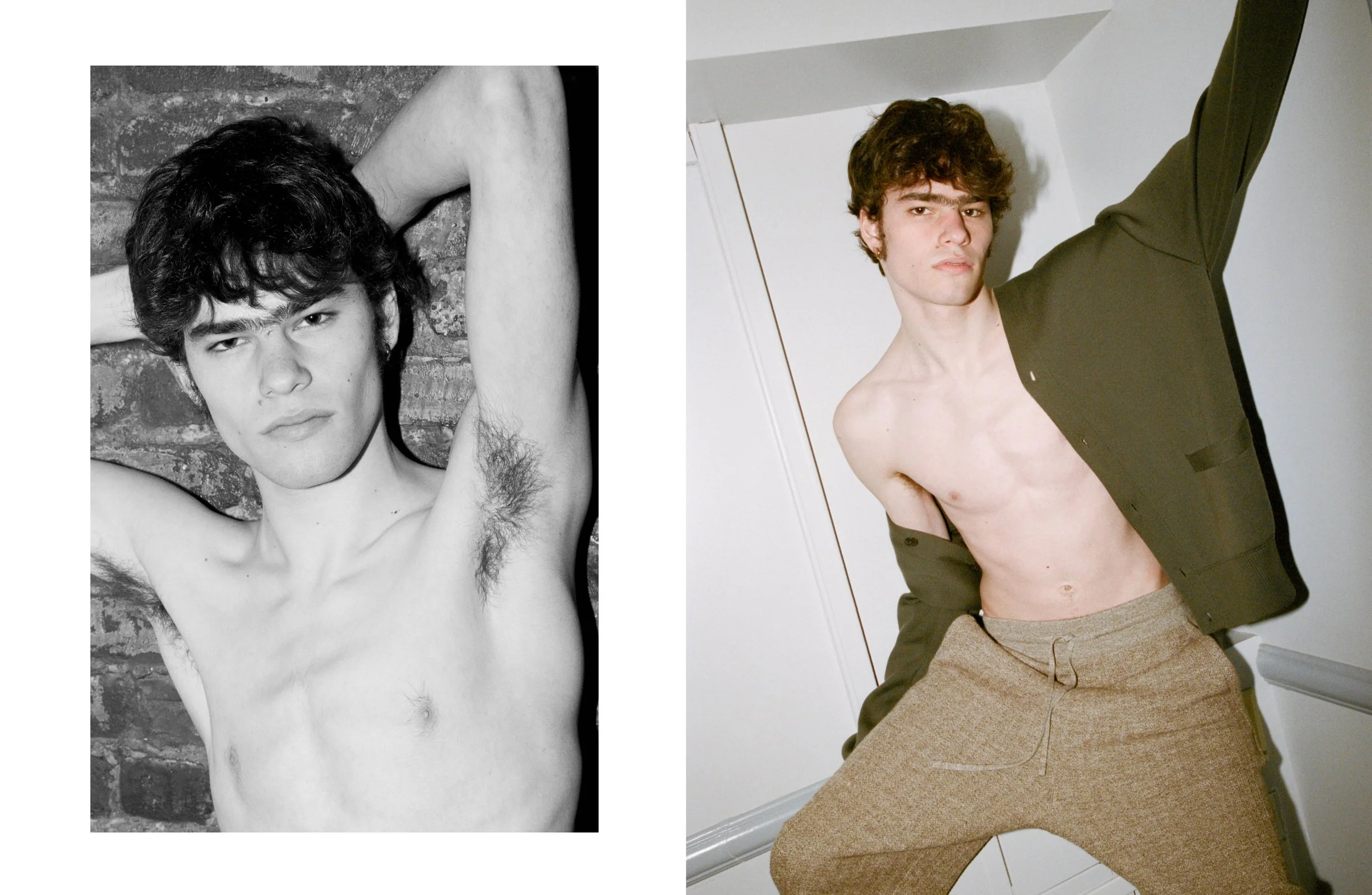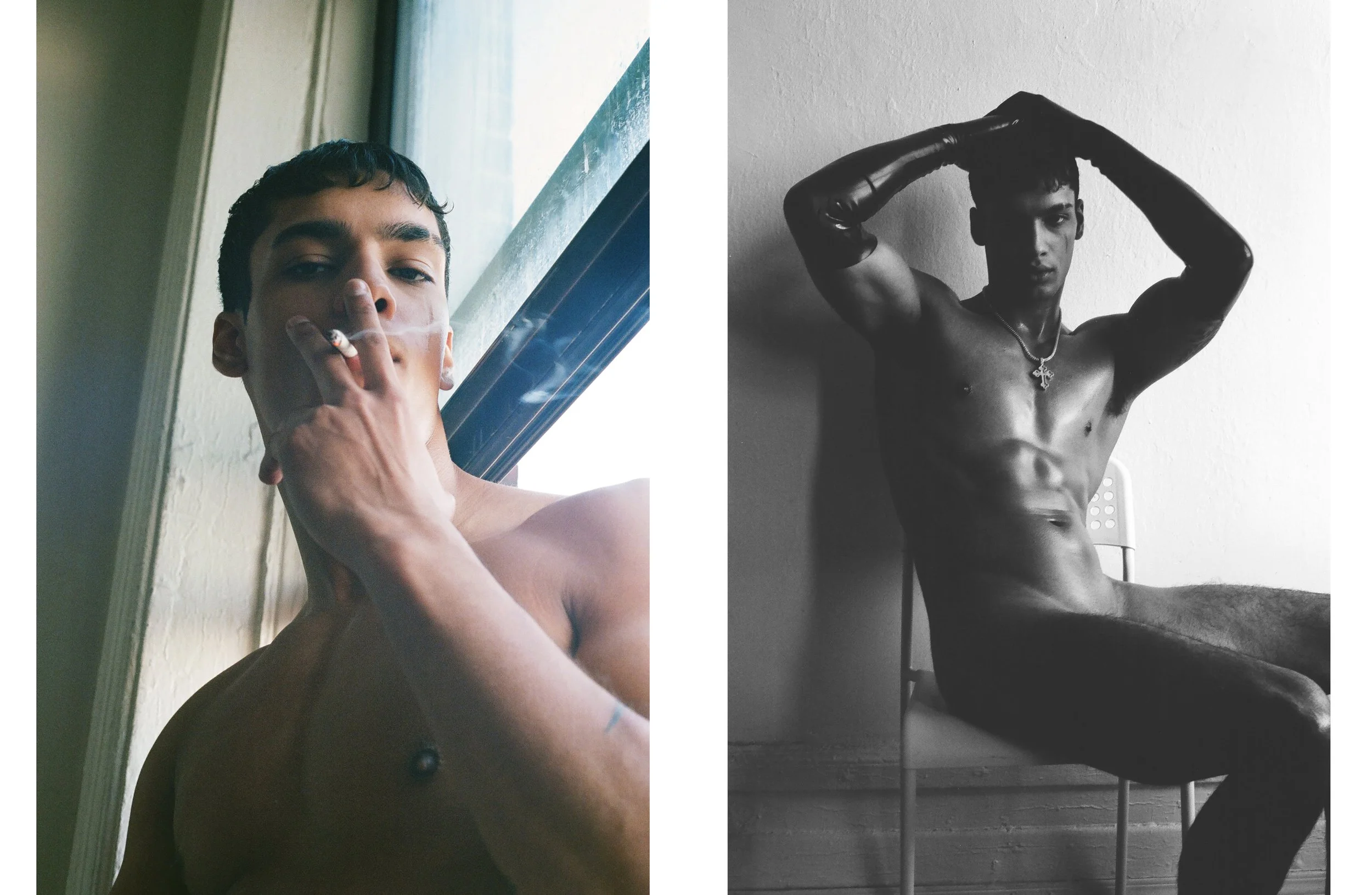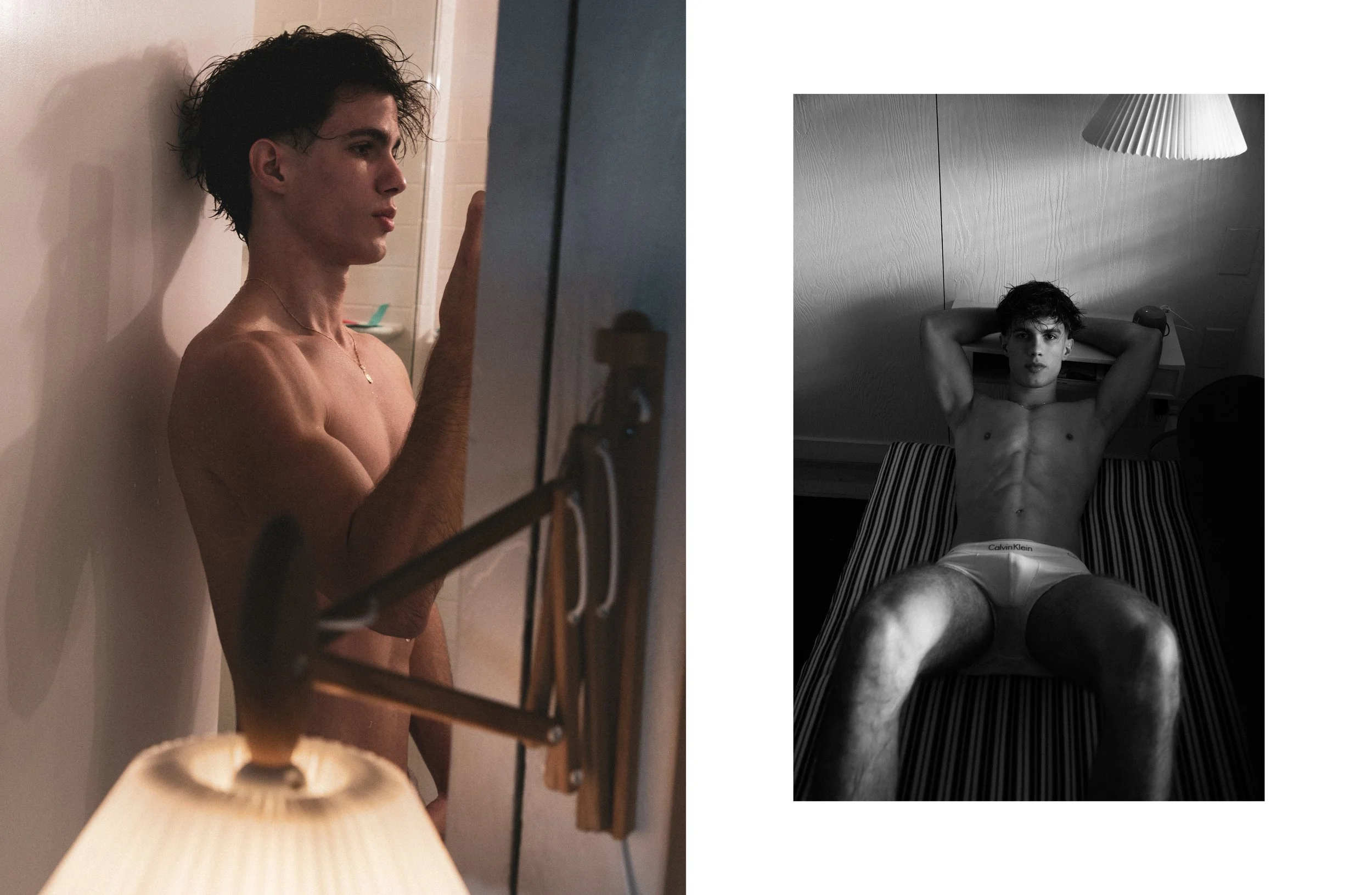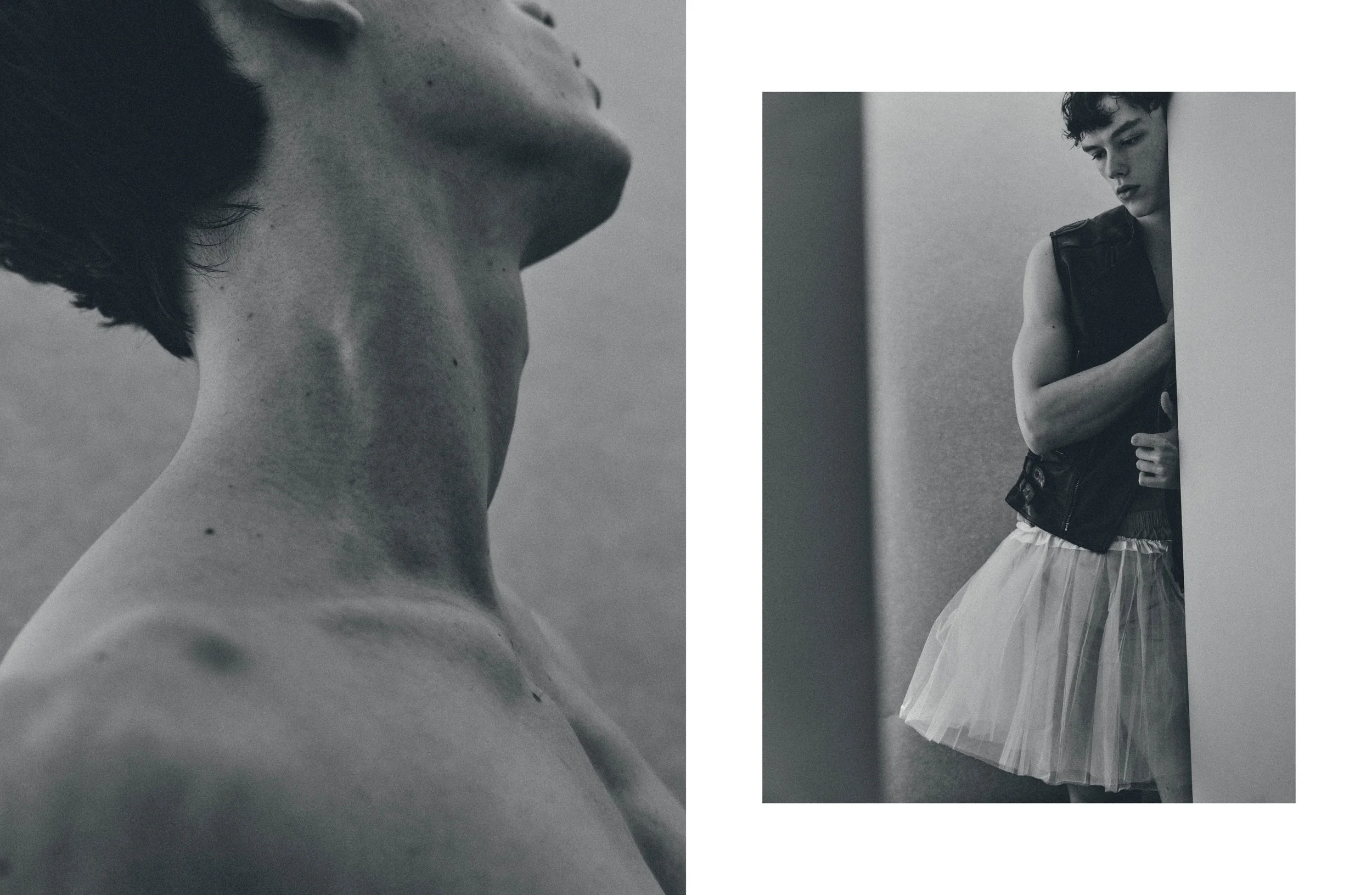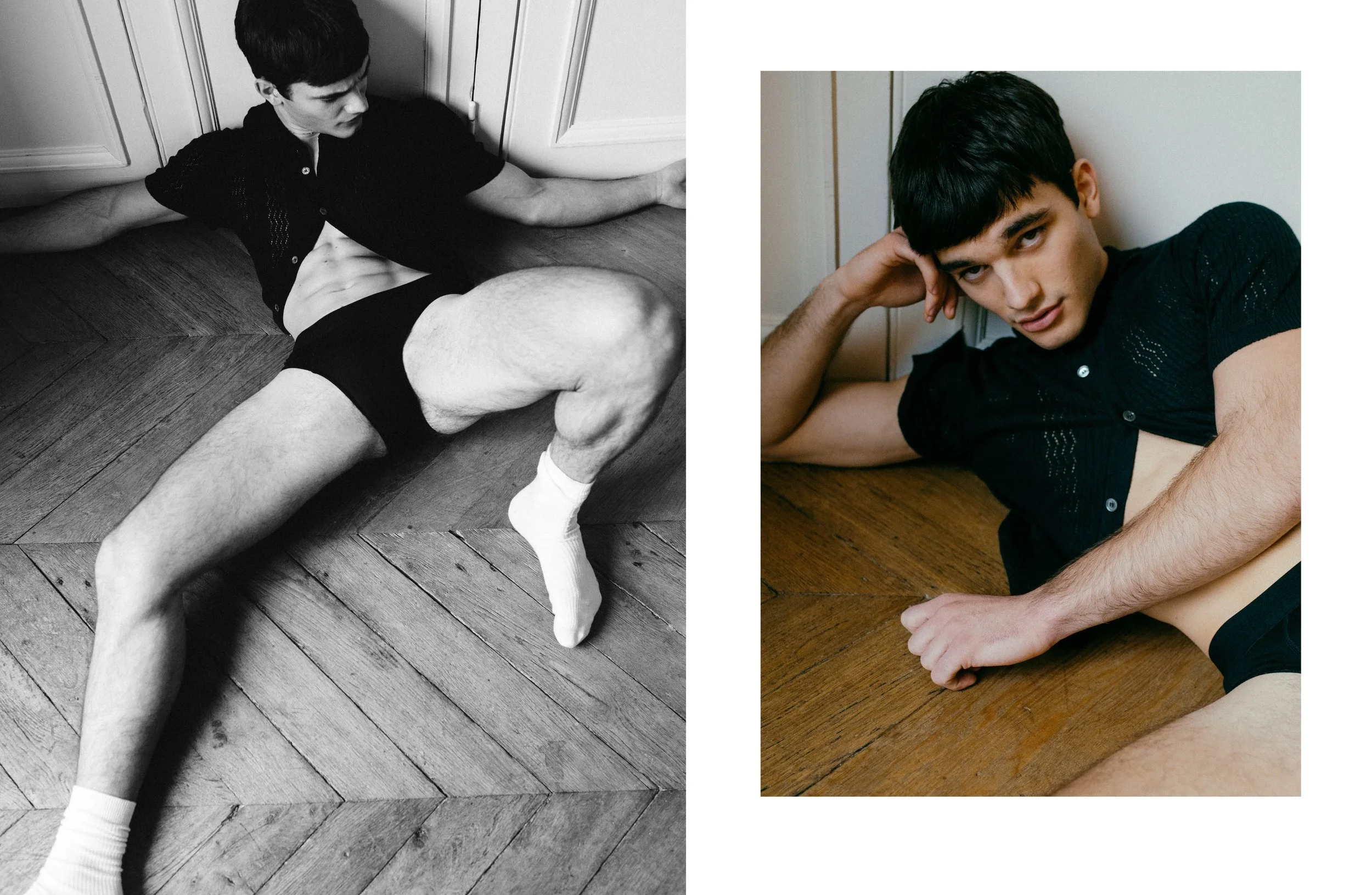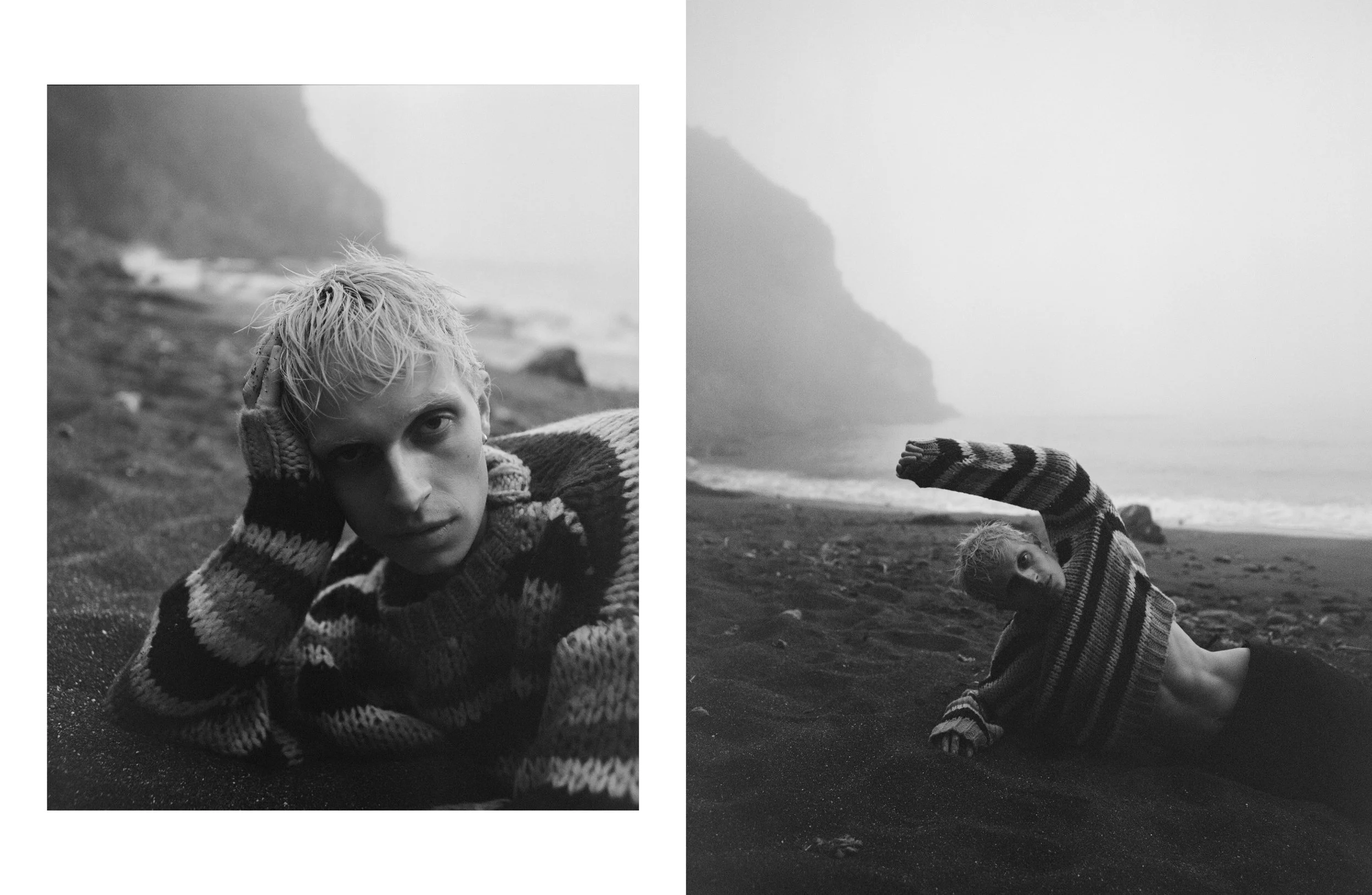Giorgio Armani is a rare being. In an industry where fashion legacies are switched between designers like trading cards, Armani’s legacy sits on his own shoulders. And what a legacy it is. The designer didn’t just create a look, he defined a generation’s sense of style. It’s no wonder, then, that his shows occupy a special place in the industry’s heart. His Spring/Summer 2026 show was, in a way, no different from his previous ones, and in others, competently different. His idiosyncratic elegance, the same one that first set him apart, was omnipresent throughout the collection. Beige suits were cut beautifully, draped across the body with ease.
The classic Armani rhythm walked us from a neutral section straight into a lavender/cerulean/orchid garden. A stand-collared set flowed beautifully in a textured silk. A suede periwinkle shirt was lush, somehow not subdued by a pair of grey linen trousers, instead, highlighted by the bottom half’s neutrality. Printed loose shirts closed off the section, giving way to six monochromatic black looks. Their common colour only emphasised the difference in silhouette: some deep-plunged embroidered shirts, while others revealed the model’s body through sensual yet conservative transparencies.
For the first time in the history of his namesake brand, Mr. Armani didn’t come out to take his bow. A press release issued days before the show stated that the legendary designer was recovering from a brief stay in the hospital. His absence was felt, but his legacy—the fashion language he’s spent the last 50 years writing—was as present as always. Here’s to many more seasons of Mr. Armani waving his hands at us.
Words by Pedro Vasconcelos













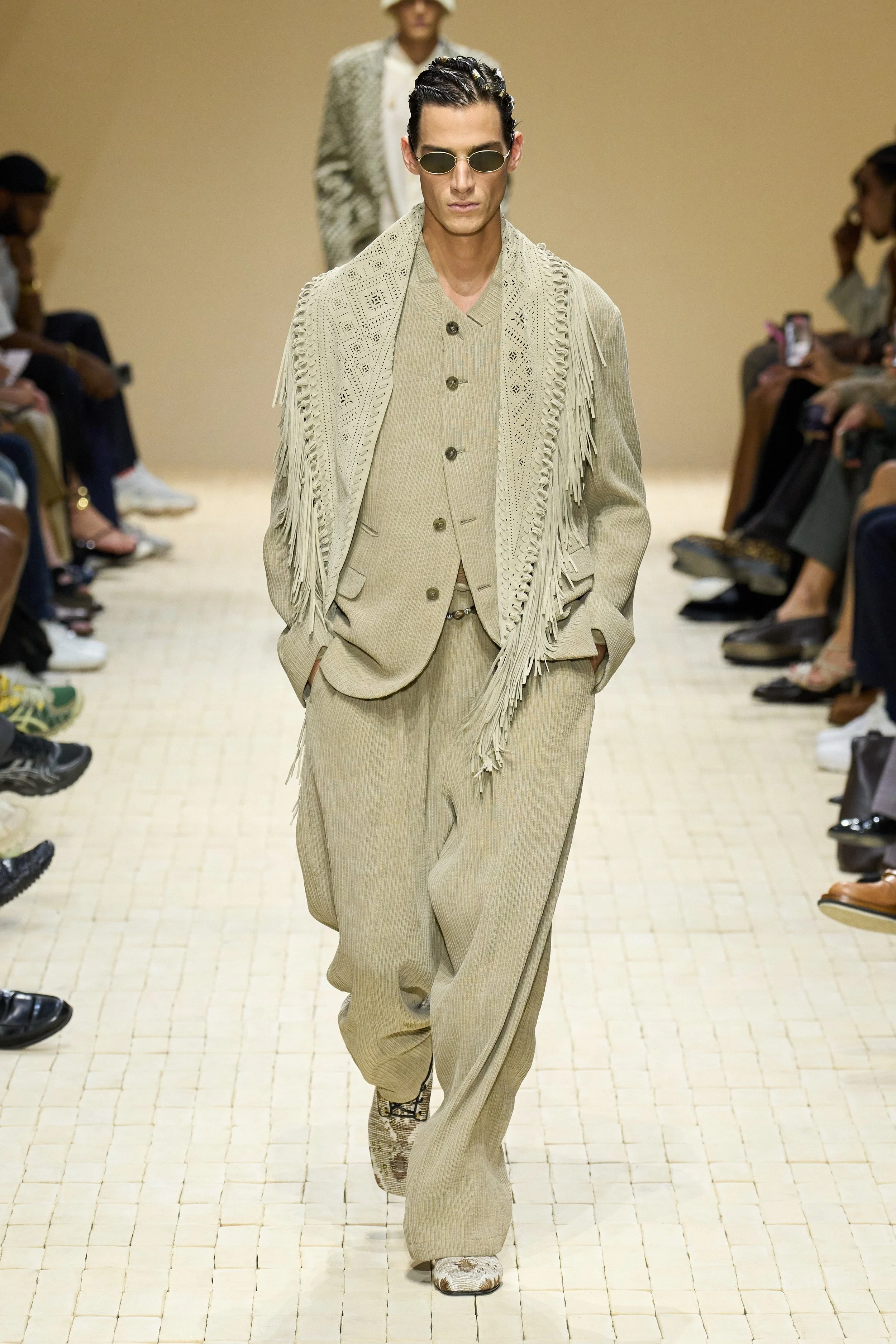
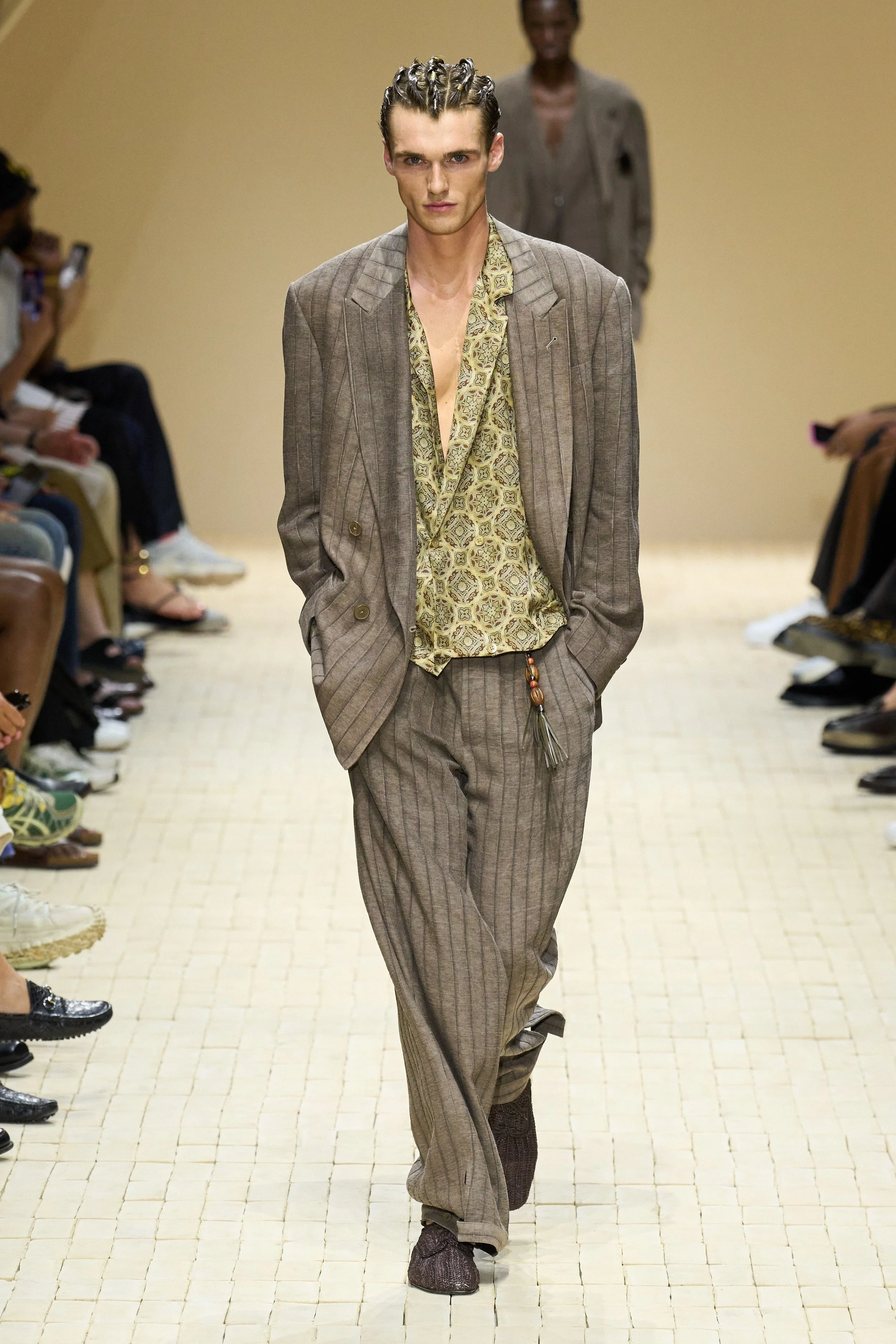
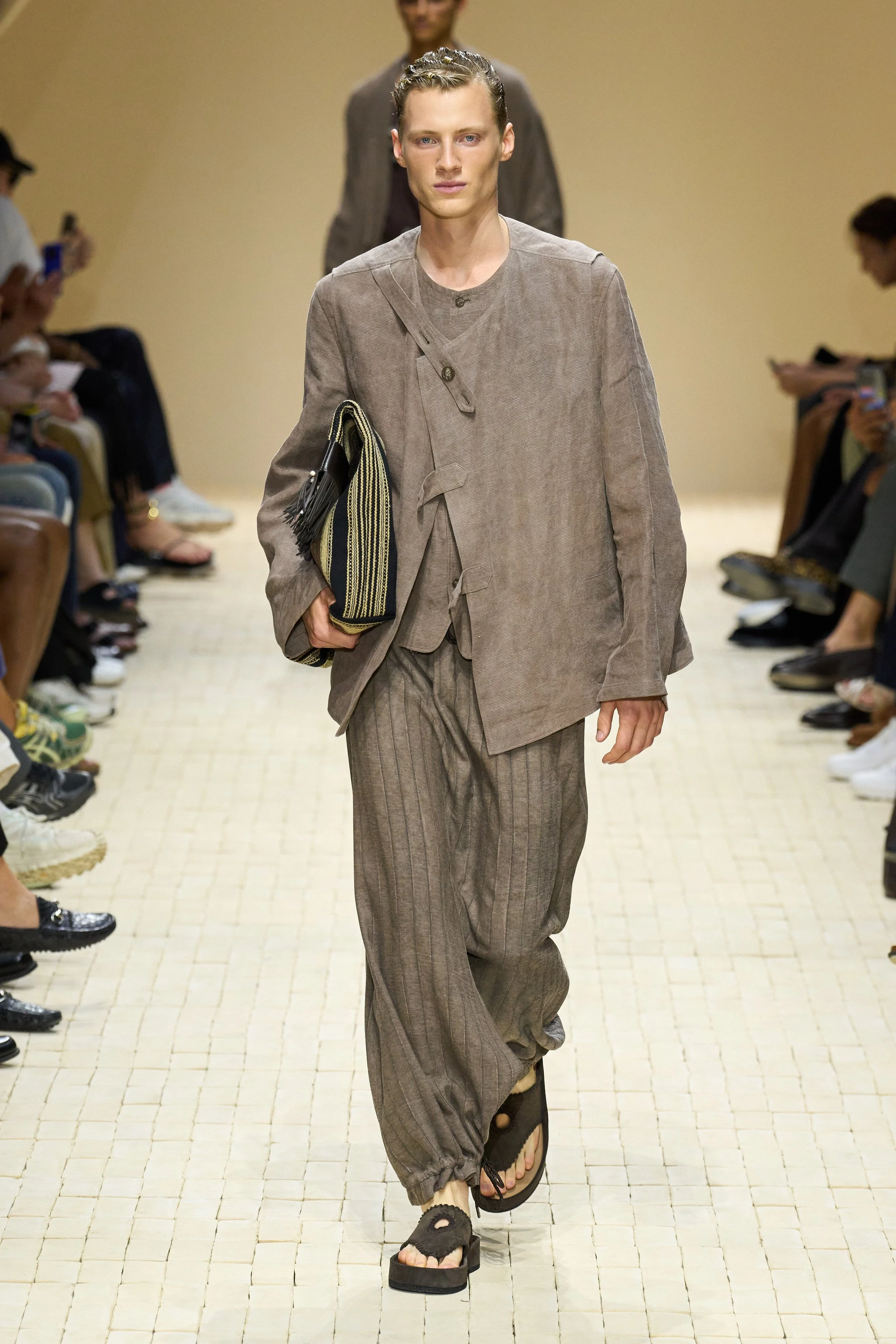
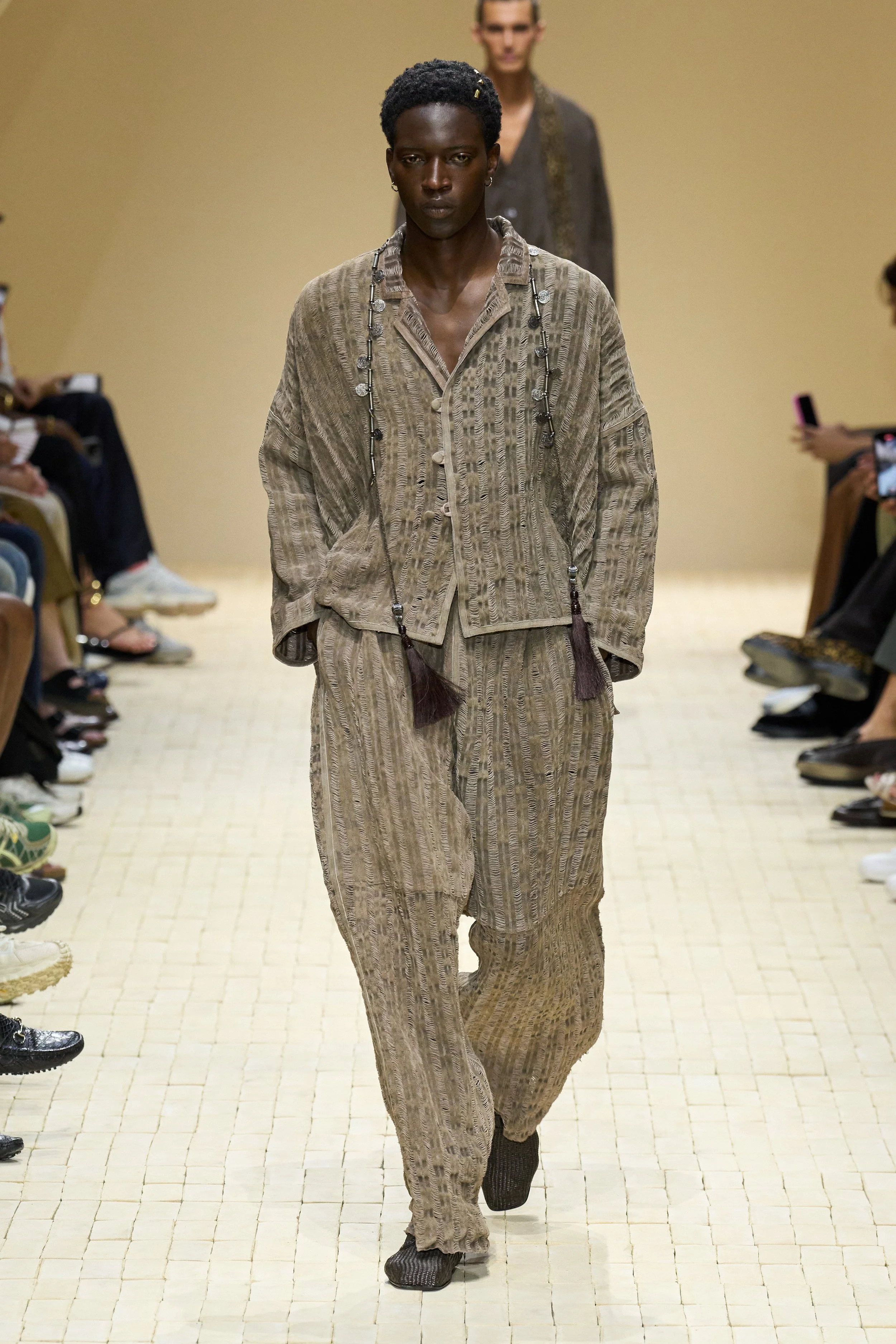
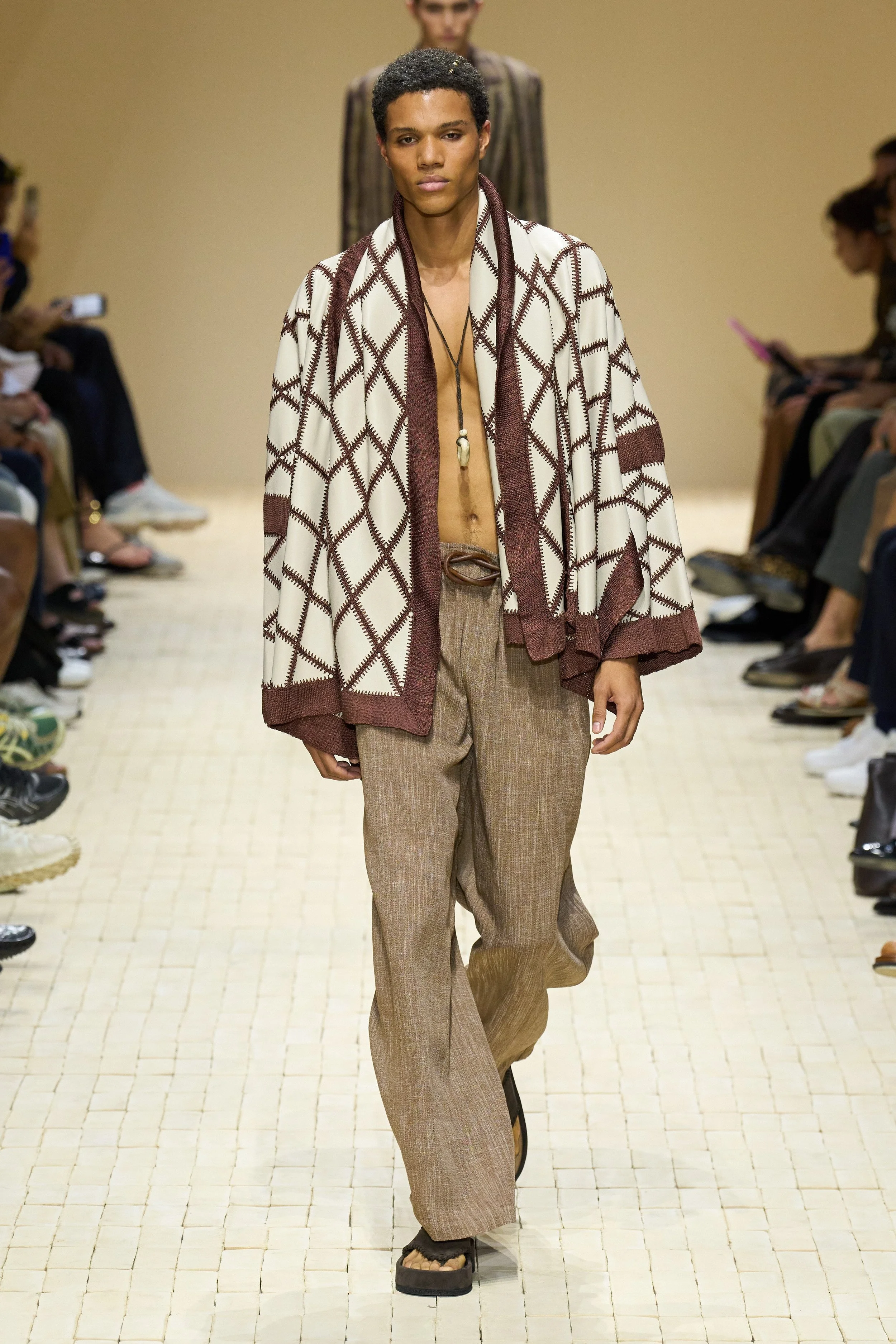
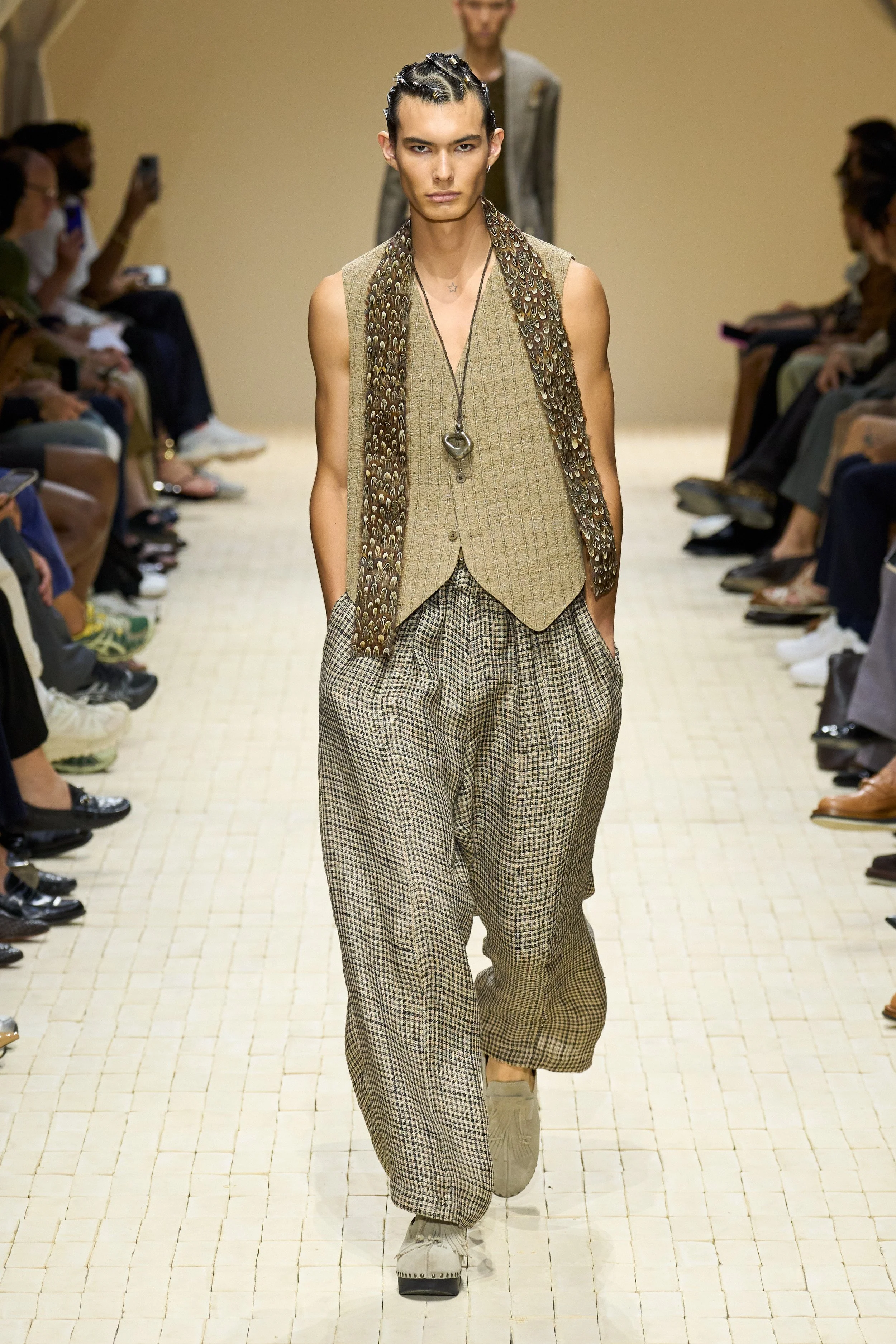
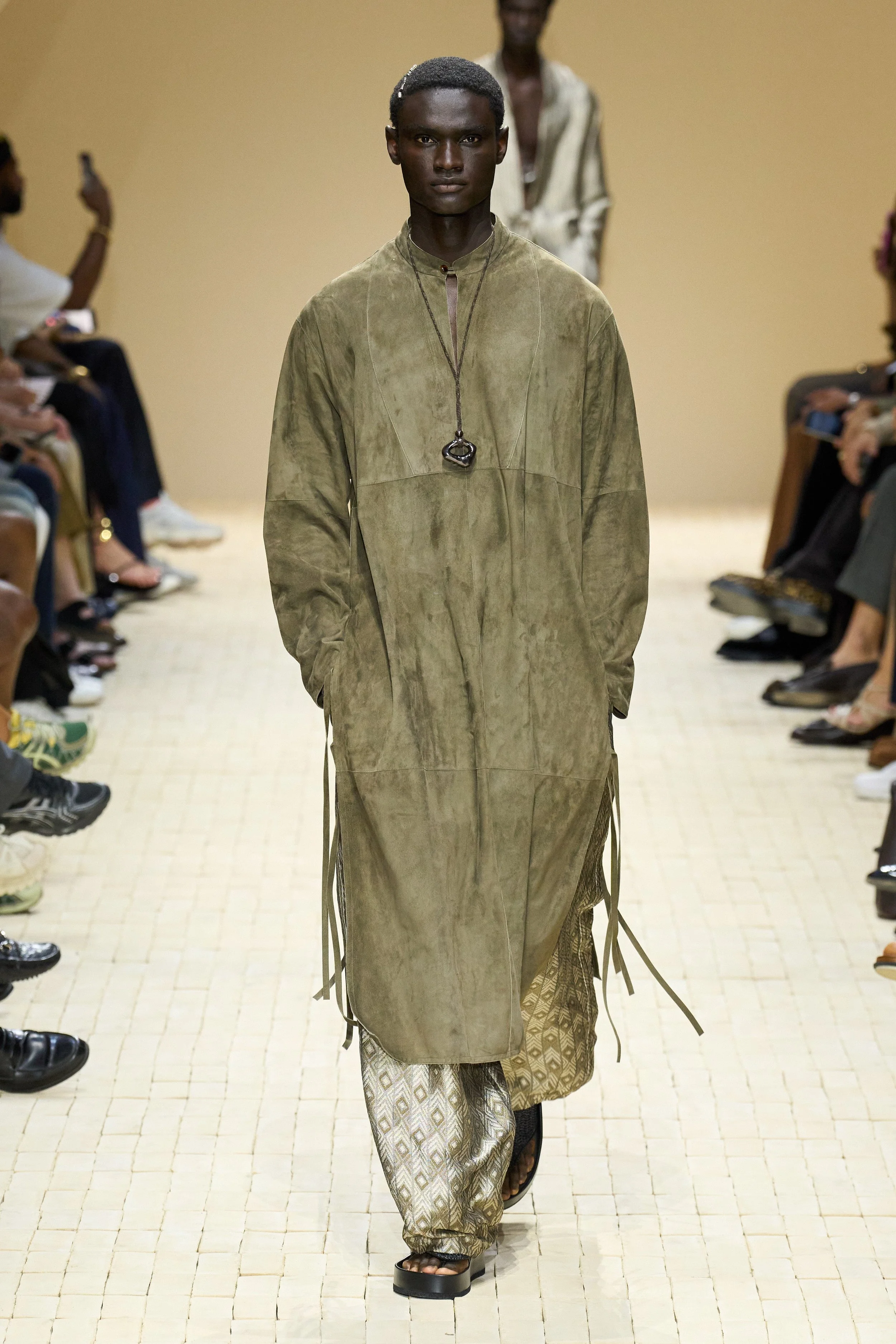

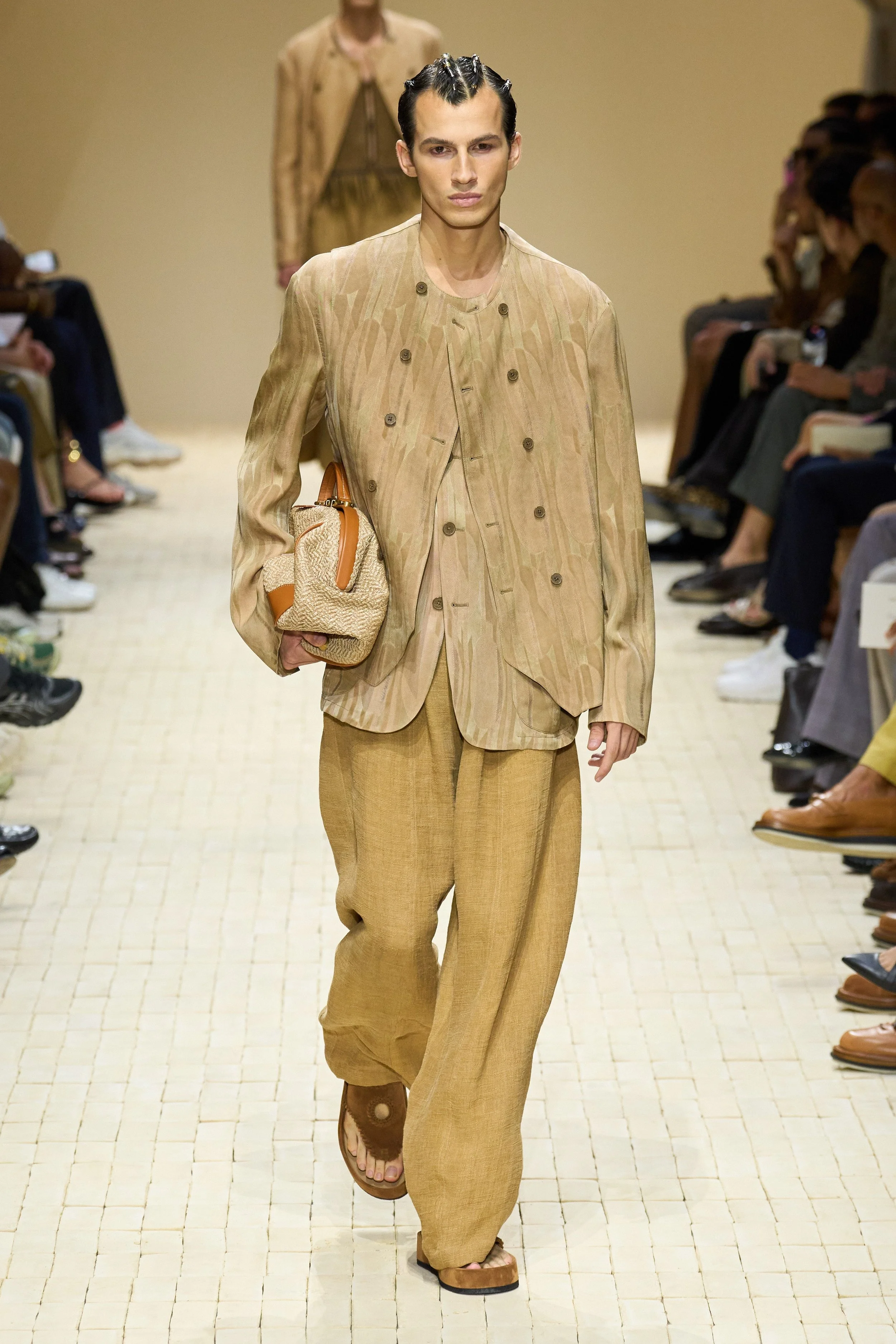
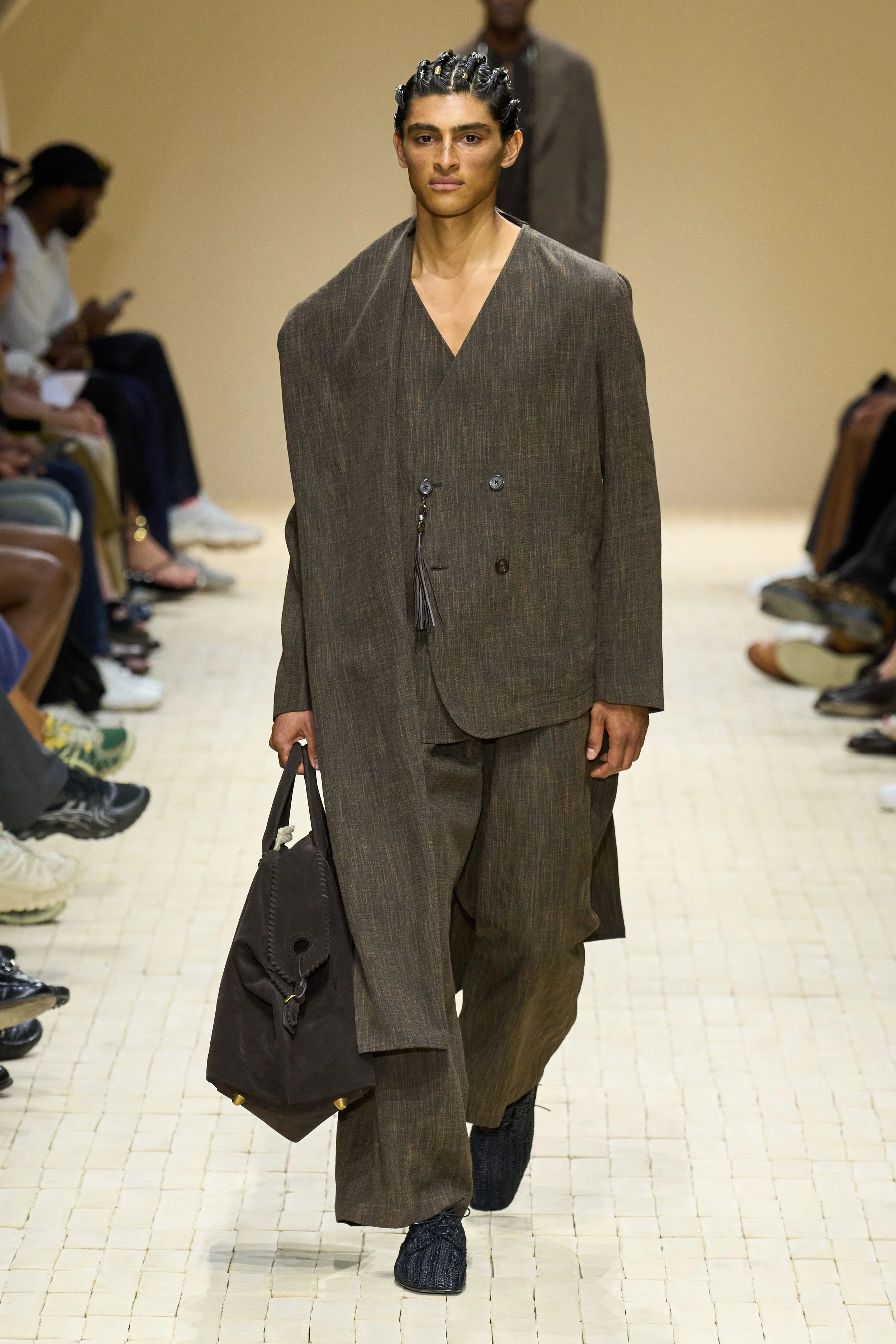
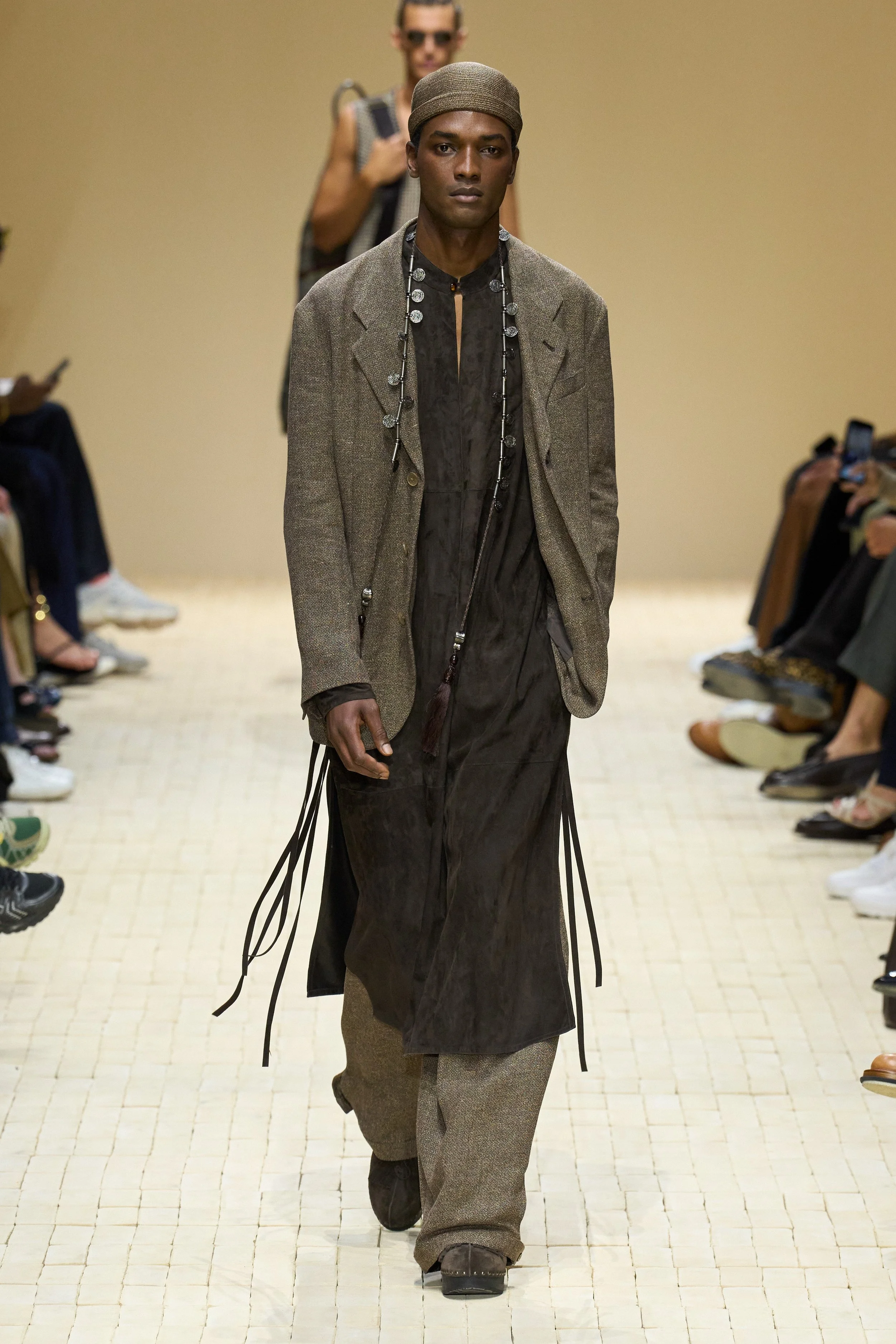
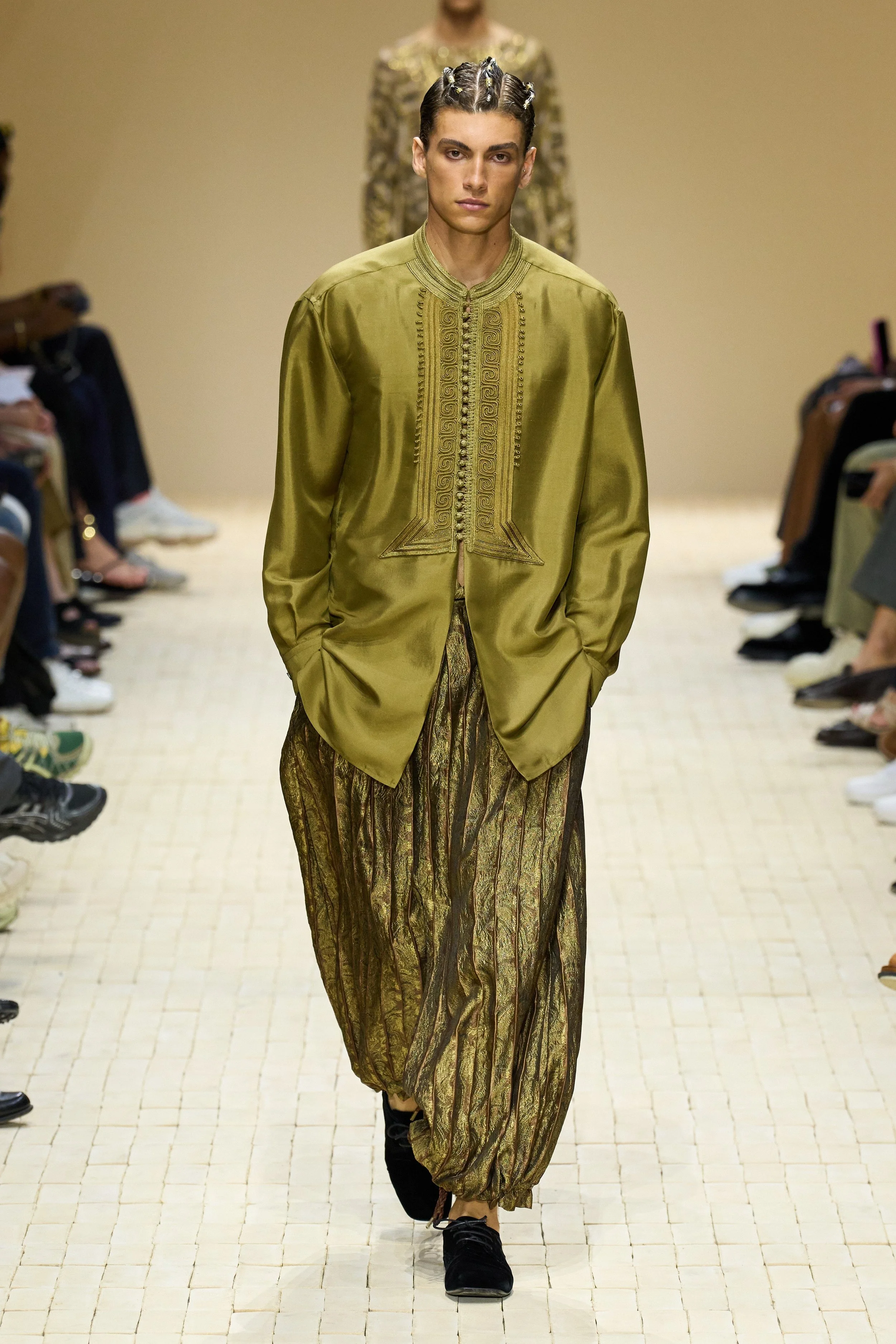
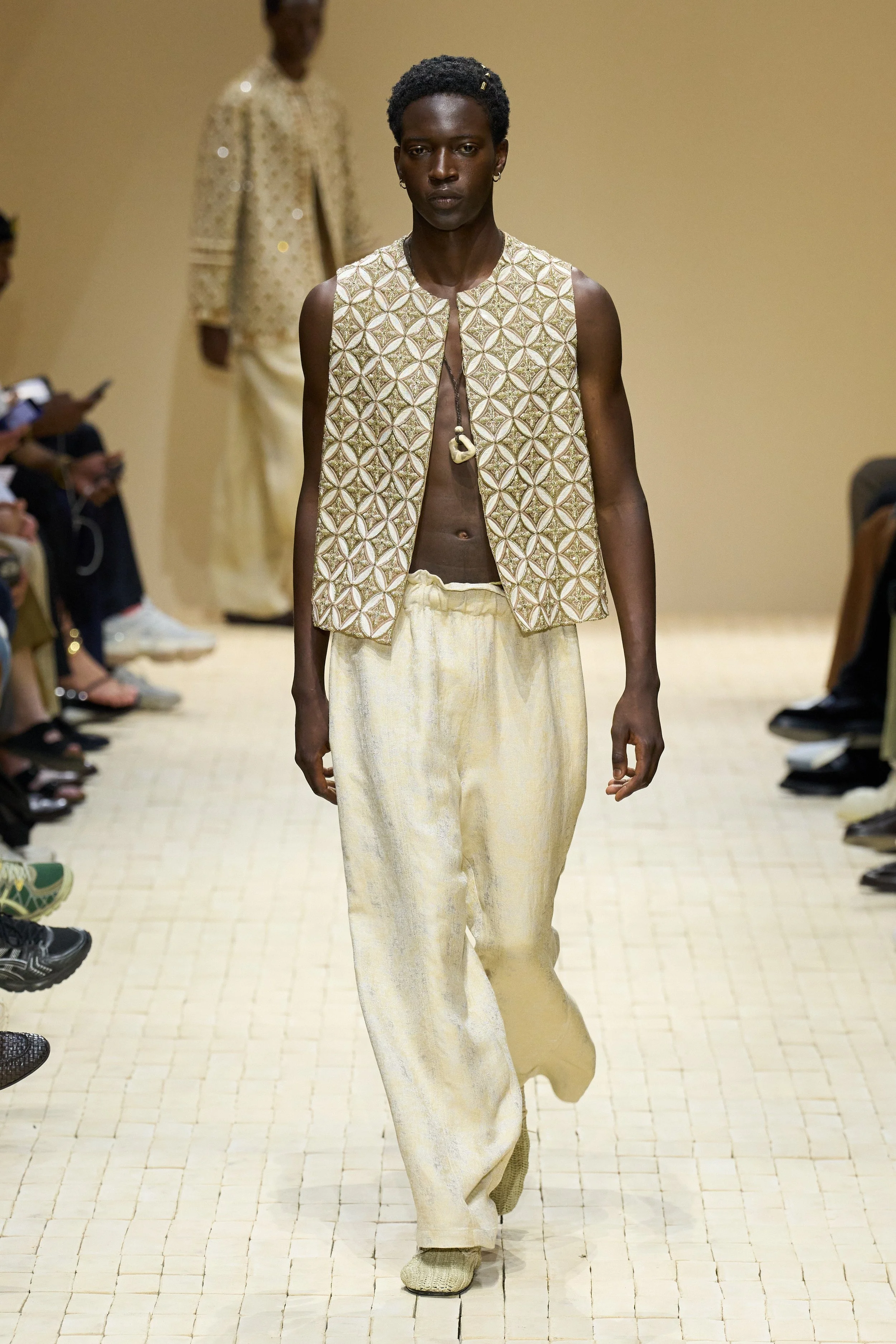




















































































































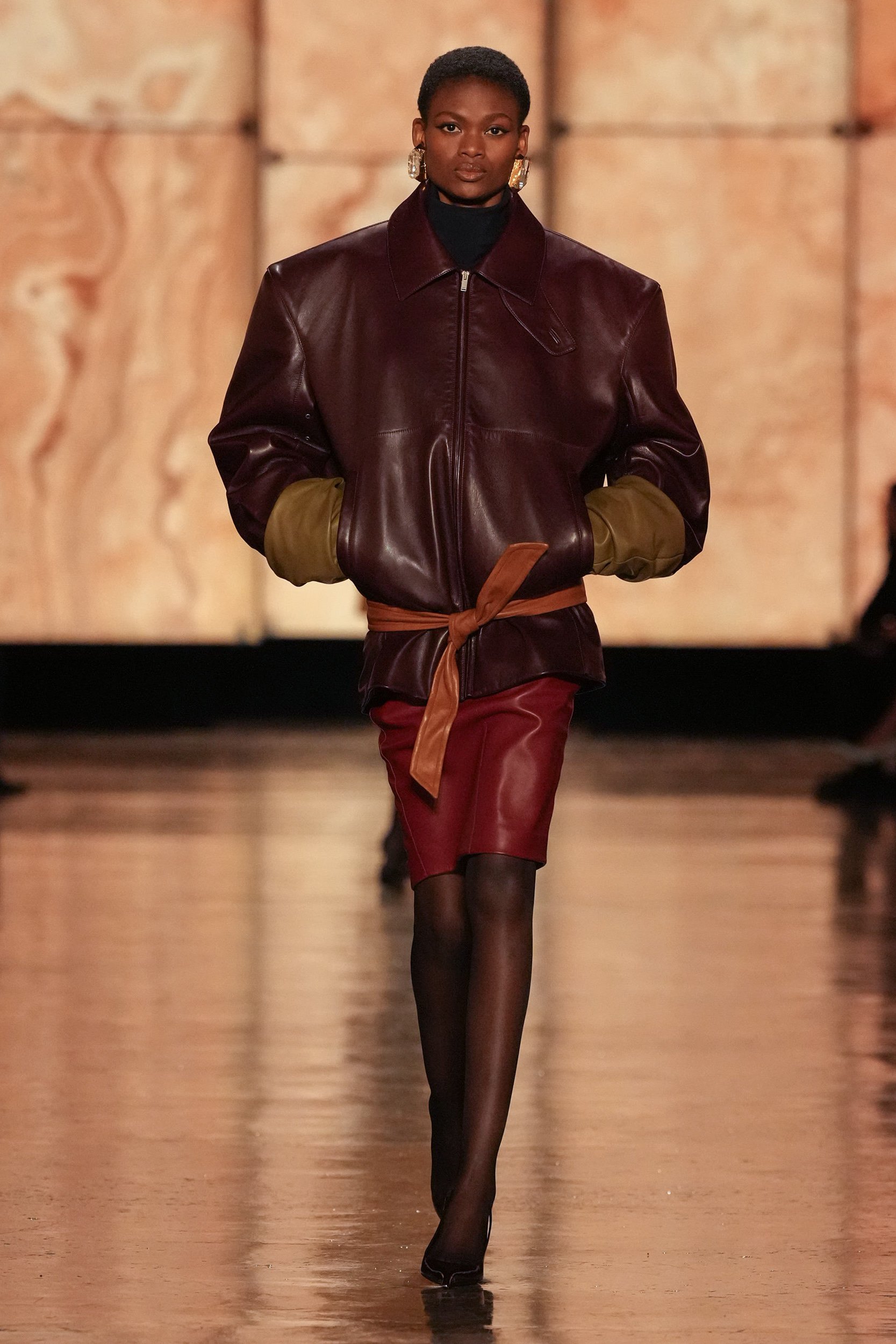
















































































































































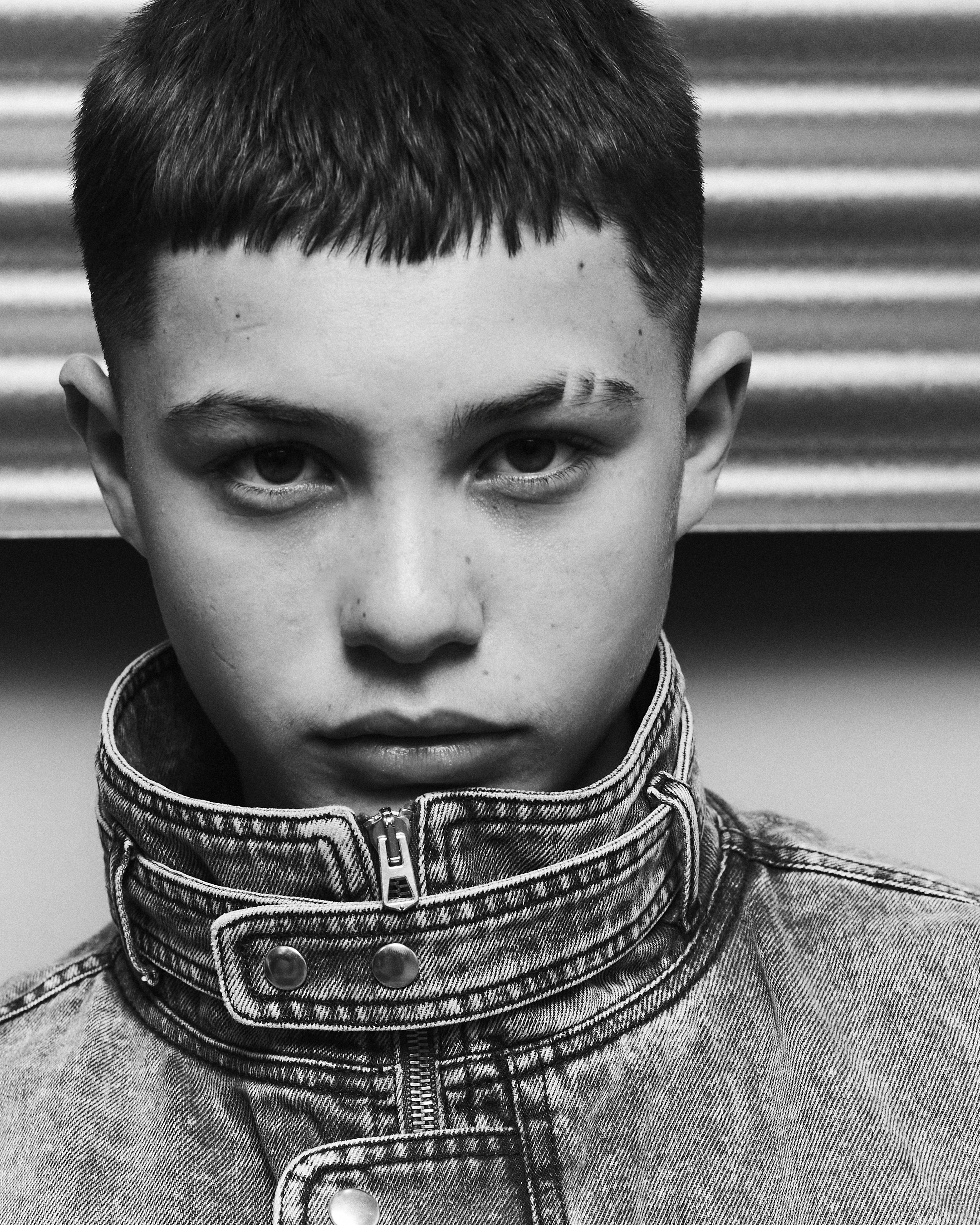
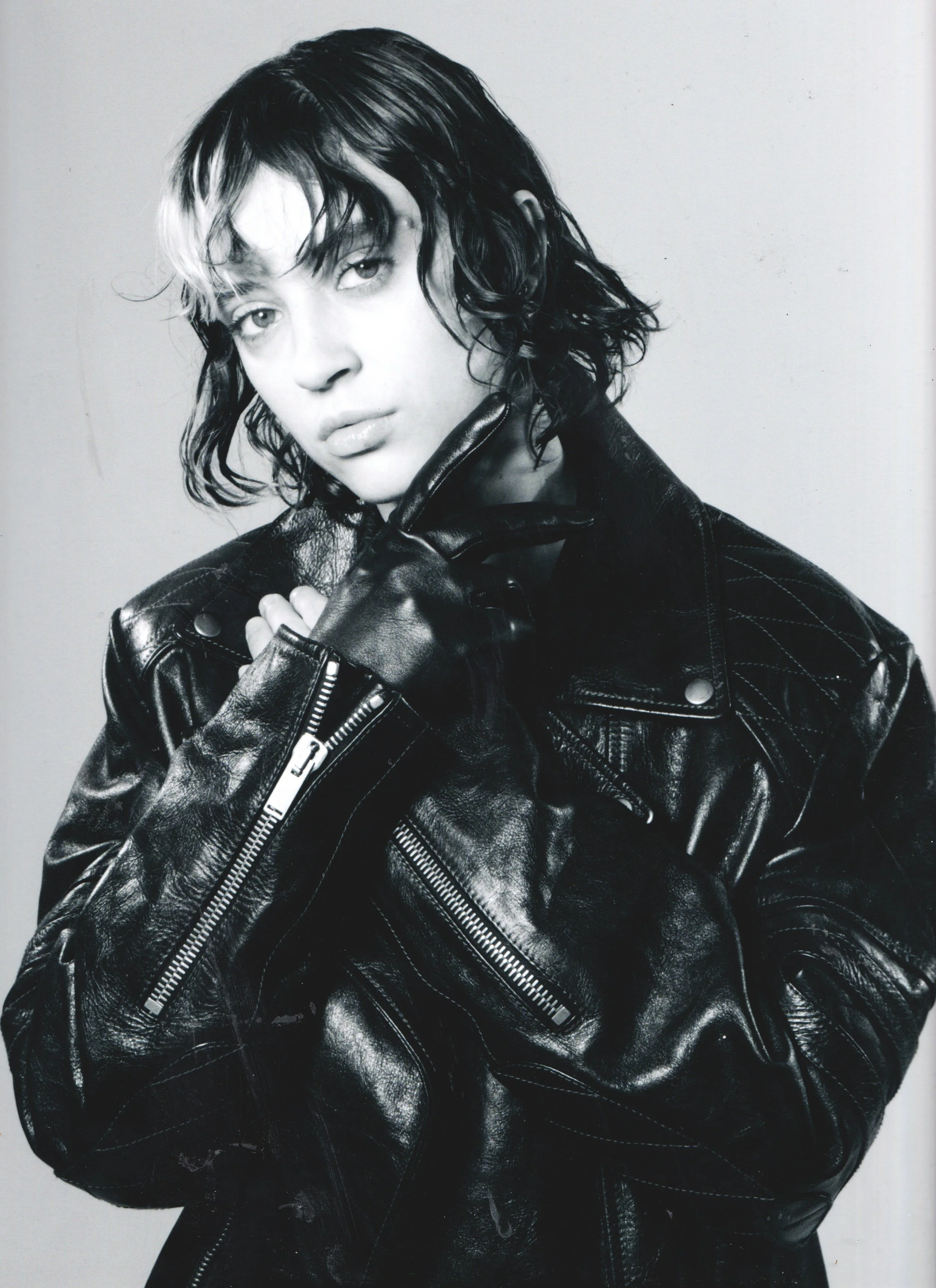
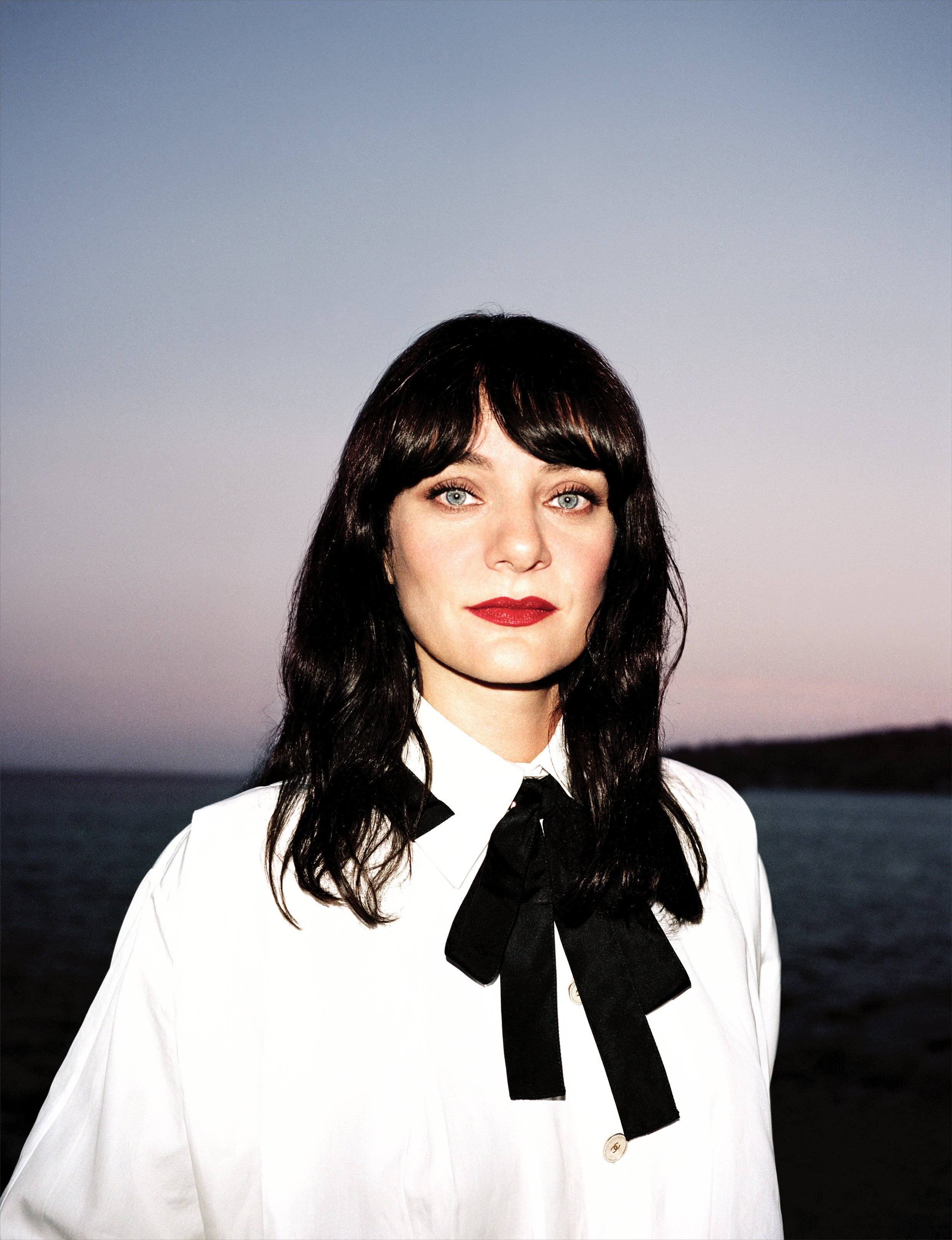

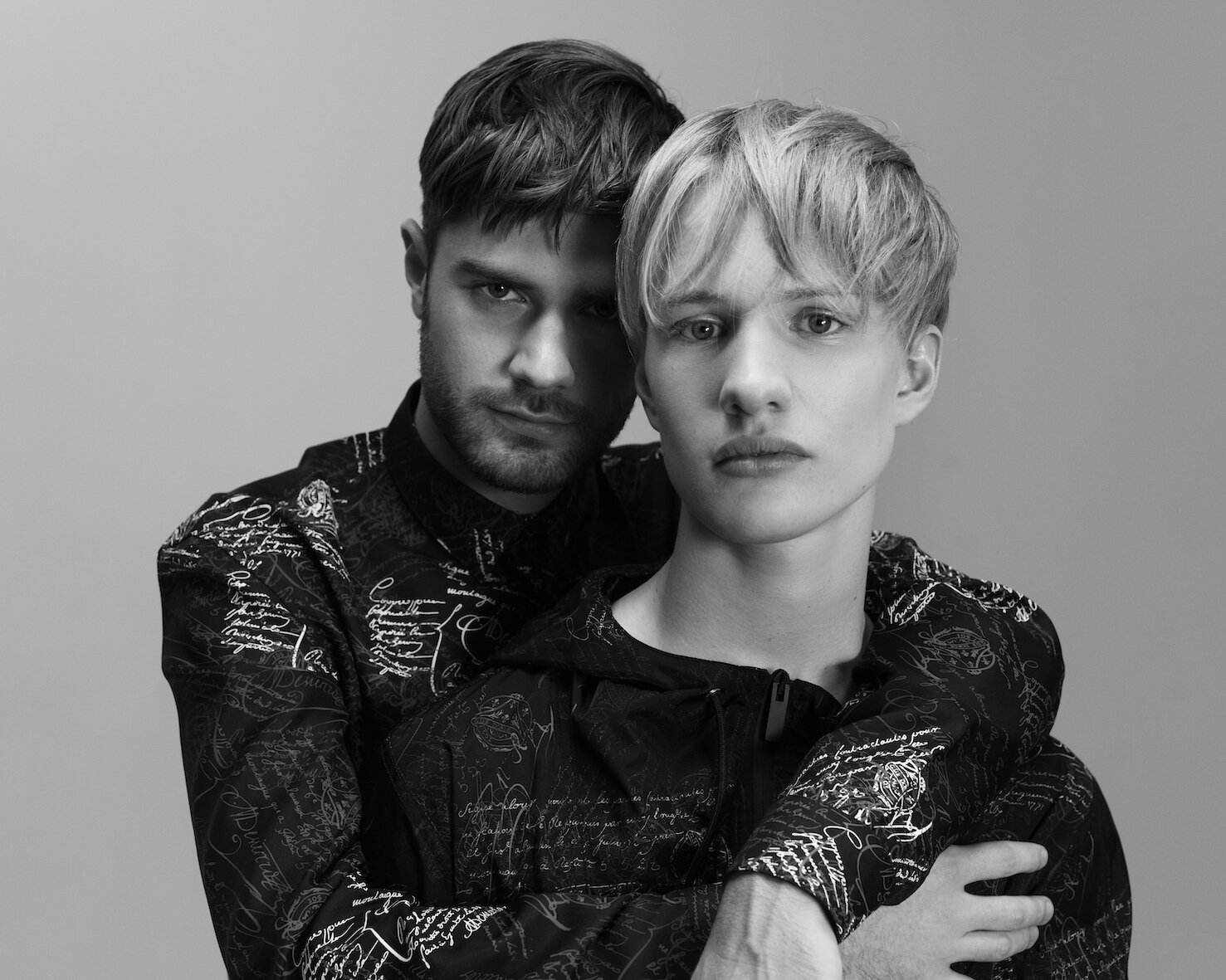




















![MiuMiuTales&Tellers_#14_ (THE [END) OF HISTORY ILLUSION]_HOST.jpg](https://images.squarespace-cdn.com/content/v1/553417b2e4b03cb74b7dfb0f/f714434e-20b1-4f9e-bd9f-4726f54f8e22/MiuMiuTales%26Tellers_%2314_+%28THE+%5BEND%29+OF+HISTORY+ILLUSION%5D_HOST.jpg)




